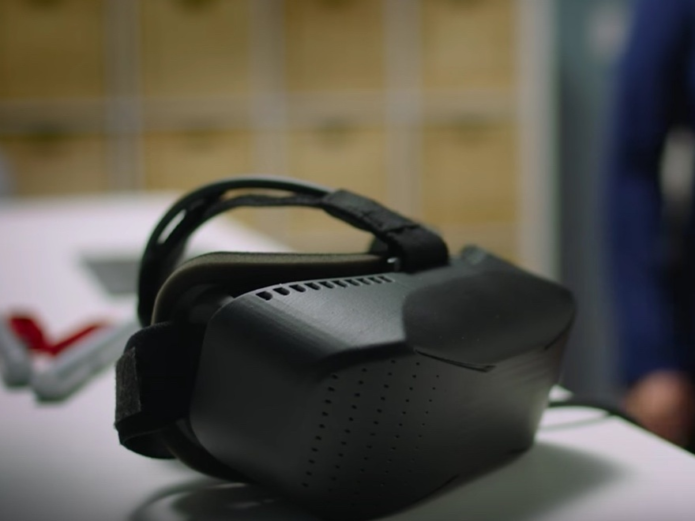VERDICT
The 5-inch Pixel has its flaws, but great cameras, long battery life, fast OS updates and Google Assistant make this a great Android phone.
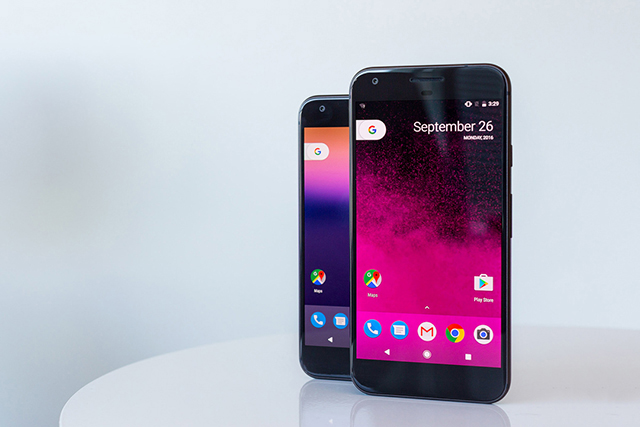
Google has two self-branded smartphones: the 5.5-inch Pixel XL and the 5-inch Pixel. Both smartphones change the game for Google: They transform the company from a software-only Android owner that once struck deals with phone-makers to create Nexus devices into a company unafraid to branch out on its own and place its own logo on its mobile devices.
Though it’s easy to see the Pixel and the Pixel XL as the same phone with different screen sizes, I happened to fall in love with the smaller iteration. Here’s why.
Design: One-hand-friendly, but not sexy
I’ve had some months to use the 5.5-inch Pixel XL and deemed it too tall and somewhat heavy-handed for use, and I presumed that I’d feel the same way about the 5-inch Pixel. When I pulled it out of the box for the first time, I realized how wrong I was.
The standard, 5-inch Pixel is unarguably better than its wider-screen brother. The Pixel feels more compact, and it’s firmer in your hand while remaining light. In fact, it’s a phone I wouldn’t mind keeping in my hands all the time.
In stark contrast, the 5.5-inch Pixel seems too tall and too heavy. Google seems to have mastered the 5-inch design, and although it has a half inch less screen space than the Pixel XL, shorter battery life and less onboard storage, the 5-inch Pixel’s compact design makes it my favorite. And I say this as a fan of wider screens.

My colleague Sam Rutherford here at Tom’s Guide has described the design of the Pixel phones as “uninspiring,” and I’d have to agree. The tech community has said that Google tried to throw a little of every build quality into the Pixel devices (metal from Apple’s iPhone, and glass from Samsung’s Galaxy). The result is that the top third of the back cover is glass, and the bottom two-thirds is metal: The top third houses the fingerprint sensor, and the bottom two-thirds makes up the remainder of the back cover, where the “G” logo is located.
The back cover’s glass-and-metal design poses problems for the device’s color, too. I’ve been using the “quite black” 5-inch Pixel, and the top glass looks blacker than the bottom metal (which appeals to me more as dark, gunmetal gray than black).

Both the 5-inch and 5.5-inch Pixels come with IP53 splash resistance, which doesn’t provide much hope that your phone will survive water outdoors or indoors. Google said it “ran out of time” to add IP68 water and dust resistance to the Pixels, but I’d like to see Google add this feature in its upcoming second-generation devices.
Camera: The very best from Google, at the top of the market
High-end smartphones are expected to deliver top-notch cameras, and the smaller 5-inch Pixel delivers on that front. The 12-megapixel back camera captures lively photos, smoothing out skin tones and creating that still-in-the-moment look that makes you relive the scene each time you see the photo. The Pixel captured photos quickly, without any lag whatsoever.

Yes, the Google Pixel phones are right up there with Samsung’s Galaxy S7 and Galaxy S7 Edge. However, Google’s devices do tend to provide warmer tones than the subjects have in real life. For example, blue sky photos often have darker shades than the actual scene, and light-green clovers are often captured darker as well. Mushrooms growing on the ground in preparation for spring looked a bit more off-white than the actual mushrooms.

There were some instances where colors turned out with a cooler look than they should have, as was the case when shooting a pizza in a restaurant.

Autofocus can zoom in and out quickly at random, making it hard to capture some flowers up close on a windy day. Apart from these unique circumstances, though, the Pixel takes great photos. I caught a new dimpled sky pattern on a cloudy day.

And while I was at one of my favorite local restaurants, the Pixel faithfully captured the artwork on the front of the ordering counter that showed a simple farm-life scene. As for kitchen photos, with good room lighting, the Pixel can render colors accurately. HDR+ is fantastic at adding that missing light that completes any photo.

As for the selfie camera, it did well, reminding me of the Pixel XL’s photo quality.
Display: Good colors, but struggles in sunlight
The 5-inch Pixel features a full-HD, 1920 x 1080 AMOLED display. AMOLED screens have rich colors and deep blacks, making them very appealing. I noticed some differences between the 1080p panel on the Pixel versus the sharper 1440p screen on the Pixel XL. For one, green apples were rendered a lighter green on the 1440p AMOLED panel of the Pixel XL than on the 1080p AMOLED panel of the Pixel. (The Pixel’s shot of the green apples had a bluish hue.) A brown background was rendered lighter on the Pixel XL’s panel than on the Pixel’s display.
The Pixel’s display isn’t legible enough in sunlight, even with the brightness all the way up.
This nitpicking, however, shows that the differences in resolution between the two Pixel devices’ displays are hard to spot. Higher-resolution displays enhance the virtual-reality (VR) experience, but the 1080p Pixel panel should hold up fine for most of your viewing needs.
The one drawback of the Pixel, though, is that it doesn’t seem legible enough in sunlight. I turned the brightness up all the way and still wasn’t entirely comfortable with the viewing experience.
Google Assistant is great
I’ve had some time with Google Assistant on the Pixel XL, and I’ve found that it’s a handy tool. I’ve been using it often to find out sunrise and sunset times for my location, but I’ve also used it to pull up Verizon phone bills and find the exact colors and measurements for the Galaxy S6 Edge+ at its release, so as to compare an earlier phone with later phones.
The Google Assistant can be used to discover the day’s weather and other things. (For example, you can ask questions such as, “OK, Google, tell me the average selling price for gas in the U.S.” But one of the most underrated abilities is to have it read you customized news on a regular basis. You need only say, “OK, Google, good morning” (or “good afternoon” or “good evening”) and watch the AI tell you the time, the weather, and the distance for your commute home if you’re out and about before it starts playing the news.
Google Assistant is now making its way into other Android phones, but it’s still a great selling point.
Audio
The Pixel and its larger sibling, the Pixel XL, could use some work in the audio department. I’ve spent some significant time playing one of my retro games (NBA Jam) on the smaller Pixel, and I’ve found that the audio quality has always been muffled when I’ve held the right side of the device in landscape mode with my right hand. I’ve often found myself having to relocate my right thumb when holding the phone in landscape mode to play the game, because my fingers would cover up the speaker, meaning there would be little or no sound.
The audio quality is OK, but my review unit exhibited some crackling when turned up at high volumes.
Of course, a number of high-end smartphones have bottom-firing speakers that have the same issue, but the Pixels have only one speaker; the other opening that appears as a second speaker is merely a microphone. The audio quality is OK, but my review unit exhibited some crackling when turned up at high volumes. Others have taken to online forums to express the same experience, including sound distortion when playing games, with their Pixel phones.
Android Nougat and Pixel Launcher
Android Nougat is the crowning glory of both the 5-inch and 5.5-inch Pixels, seeing that it showcases the very best of Google’s software experience. Those who love Google software for its quick update releases and smooth, fluid experience will find the same here but with added functionality. Android Nougat brings new features to the Android experience, such as Doze on the Go, which is designed to give you even longer-lasting battery life; along with Notification Direct Reply; Bundled Notifications; and Notification Controls.
Notification Direct Reply does as the name suggests: It allows you to respond to notifications right from the shade, without having to go into the messaging app to do so. The Bundled Notifications feature groups notifications from the same app, using time distinctions to let you know when a notification appeared on your phone (“56m” for 56 minutes ago, for example).
The Notification Controls function lets you silence a notification or delay it for one hour by pressing and holding the notification until a menu appears. If you’re silencing a Gmail notification, you can choose to show notifications silently, to block all notifications from Gmail or to not silence or block. Press ore Settings for even more customization.
As for the Pixel Launcher, Google has built in two new features: app shortcuts and desktop landscape mode. App shortcuts allow users to jump right into something they need within the app without visiting the app. The user just needs to tap and hold an app, which will launch a bubble with an option. If you want to jump into email, tap and hold Gmail, and watch a bubble with the word Compose appear.
Tapping and holding the Google camera will launch video and selfie camera options; the Phone app will bring up favorite contacts you call often, and the messaging app will let you start a new conversation or text a favorite contact. Google’s Chrome browser lets you add a new tab or create an incognito tab.
The feature works well with basic Google apps, including Google Drive, Google Photos, and even YouTube, but app shortcuts are not active for all Android apps as of yet (such as G+ or third-party apps such as Slack, Skype, Twitter and Facebook). In the future, I’d like to see Google encourage developers to make app shortcuts a priority for app developers so that the experience becomes uniform for all apps.
There are other good features in the Pixels, such as the desktop landscape mode that lets you access apps in landscape mode (rather than just portrait mode), as well as the fingerprint gestures called Moves that let you swipe down to see your notifications and even view your settings. The usual Google search and right-swipe to Google cards and internet return here, providing a familiar experience for former Nexus users. I do miss the old Easter egg Google created, in which you could tap the “Android version” three times and have the Flappy Bird-like game appear in Android Marshmallow. I wish Google would bring the Easter egg back in future Android versions.
Android Nougat and the Pixel Launcher together provide a new and improved software experience that does more with notifications than I’ve ever seen. The Pixel unit we received has the January 2017 security patch as well as Android 7.1.1, and Google fans know that Pixel handsets will receive the latest updates and security patches before the rest of the Android pack. Fast updates and security patches are staple advantages for Google handsets; they always have been, and always will be.
Battery and Battery Life
The 5-inch Pixel has a 2,770-mAh battery, and considering the larger Pixel XL has a 3,450-mAh battery, you’d think the smaller Pixel would have shorter battery life. Well, that is true if you’re using the phone constantly. But if you use your phone in an average manner (checking some emails, sending some text and reading some news a few times a day), you will find that the battery life of the smaller Pixel is more than sufficient to get you through a day of use.

The Pixel’s smaller battery has an advantage, though: It charges faster than its sibling: It takes 80 to 90 minutes for the Pixel to charge, versus more than 2 hours for the Pixel XL. I was under pressure to head out the house one day in a little over an hour.
I placed the Pixel on the USB Type-C charger, and within 75 minutes, the device went from 0 to 96 percent. You can charge the 5-inch Pixel in the time it takes to shower and get dressed for a night on the town or a trip out to the grocery store.
Performance
The Pixel has been, on the whole, a great smartphone to use. I’ve experienced very few issues, though there have been a few. The issues have been mainly with the top back of the handset warming when I was playing games. Another problem pertains to the on-screen software navigation buttons, such as those for Home and Recent Apps. At times, neither the Home nor Recent Apps buttons worked when pressed. A simple reboot fixed the problem, but the issue returned when the phone remained on for the day. At times, it would go back to working an hour or two later.

On the plus side, switching back and forth between apps has been a breeze, and the UI has been fluid when moving among app pages. It was easy to set up my user account on our test unit, and taking photos was as quick as a tap of the shutter button.
I have yet to see apps that stopped working or the major screen freezes of the notification shade that I experienced on my Verizon Pixel XL a few months back. The bundle notifications of Android Nougat and other features have worked as intended, and my device has quickly switched from Wi-Fi to cellular network when I’ve headed out the door, and then back to Wi-Fi when I’ve arrived home.
The Pixel’s fluid performance can be attributed to Google’s clean stock Android experience, but the Qualcomm Snapdragon 821 processor inside is also part of the equation.
Bottom Line
The Pixel isn’t a perfect device, but it captured me from the moment I took it out of the box. It’s compact and has a great in-hand feel that makes me wonder why I didn’t buy it over the Pixel XL in the first place. The new Pixel Launcher brings some functionality (though it’s iPhone-inspired) to the Android experience that the Google Now Launcher found on the old Nexus-branded devices never had. It also adds greater notification control and what I call “smart notifications” for Android.
Additionally, the Pixel is water resistant for the first time (although splash resistance doesn’t count for much water protection), and it includes terrific selfie and back cameras that will make you put down your Adobe Photoshop software, and a fingerprint sensor that packs more than meets the eye.
Google set out to exercise control over its software and hardware, and its effort is to be commended. The Pixel’s camera qualities have impressed me more than most of its competitors and make me wonder what took Google so long to bring its A game to mobile photography. No matter how long it took, color us impressed.
(tomsguide.com, https://goo.gl/Obth1U)


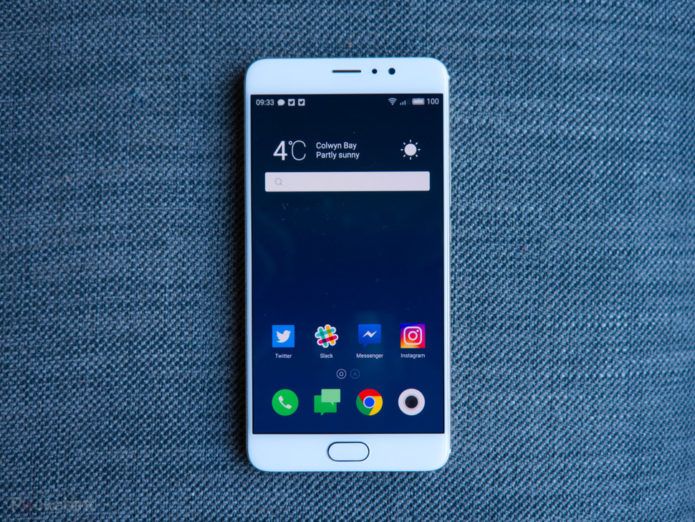
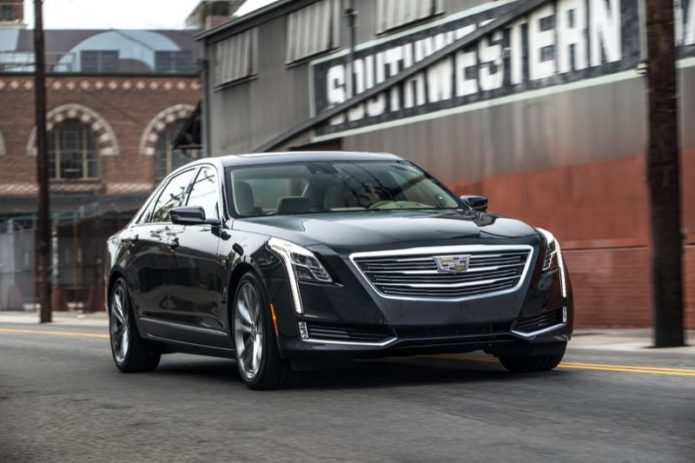


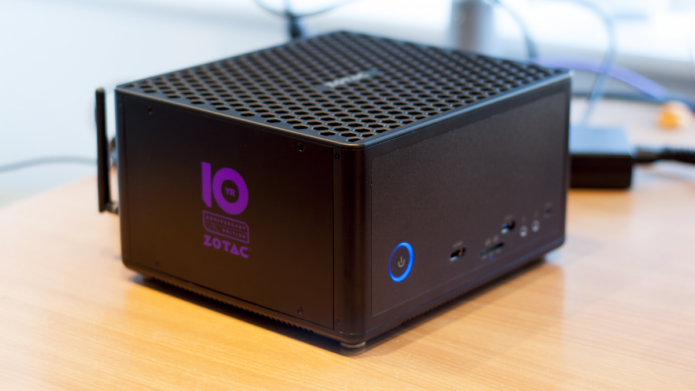
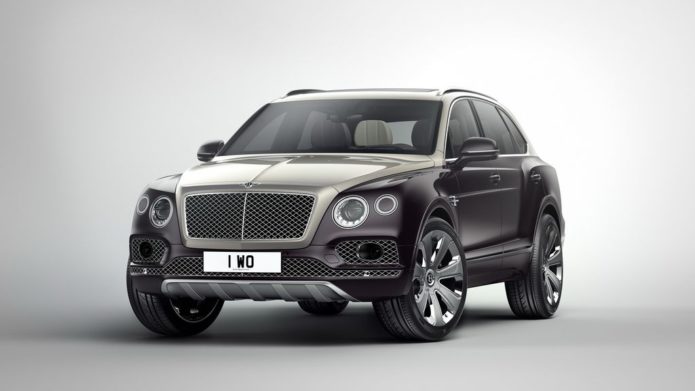

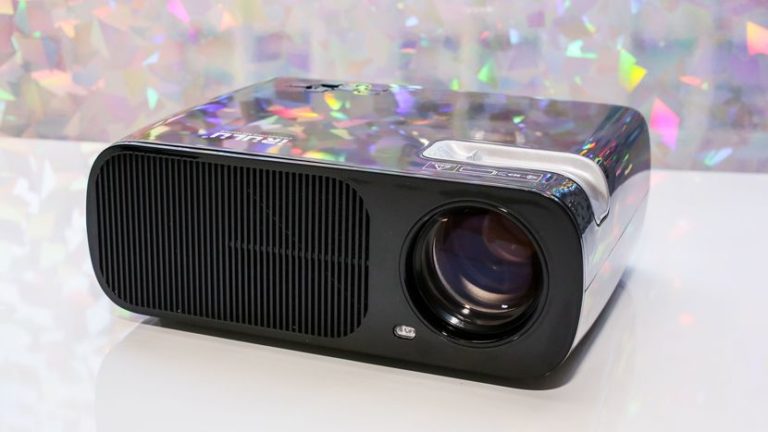
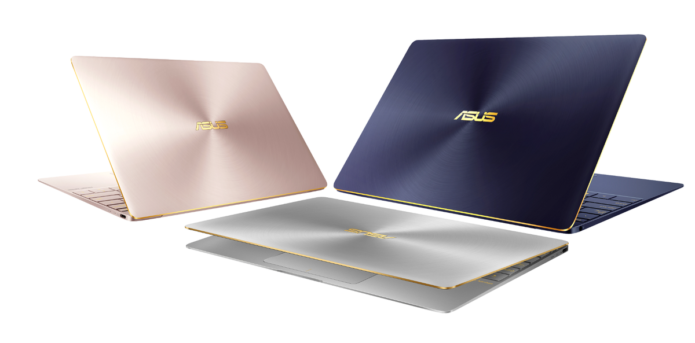
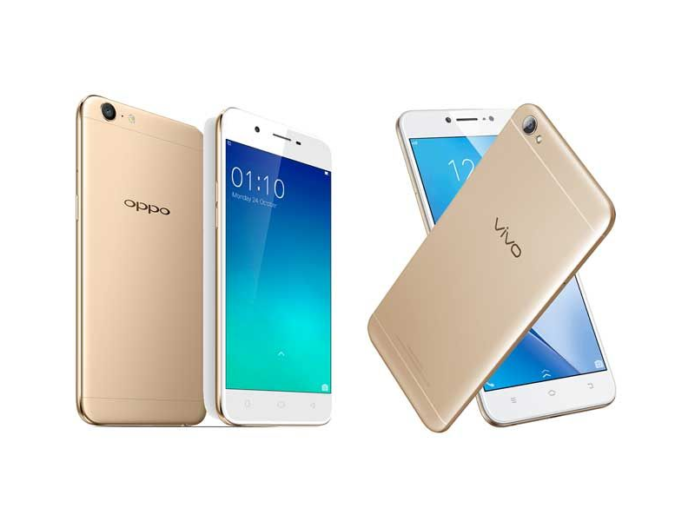

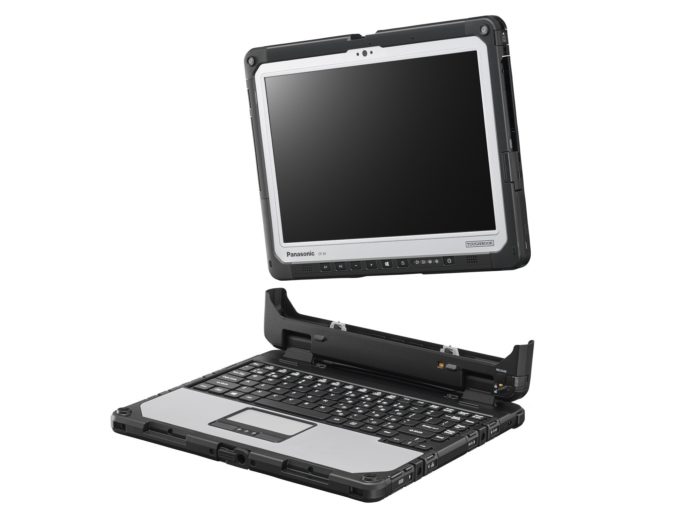


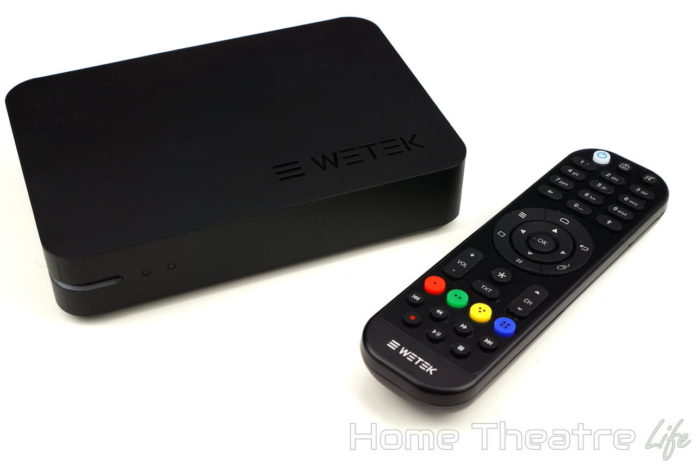


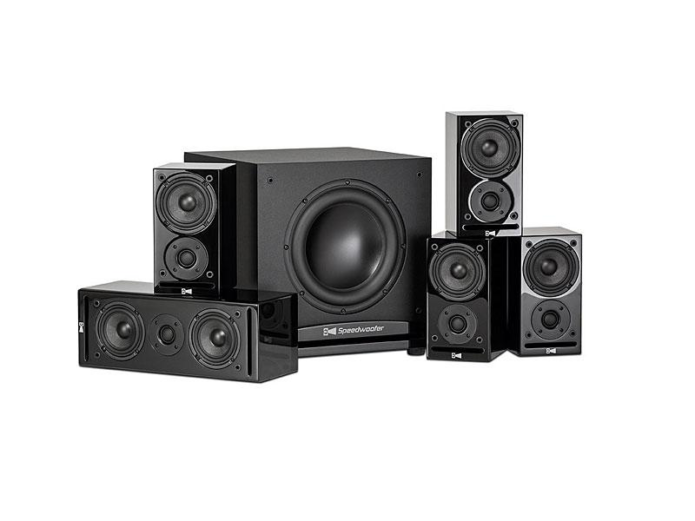
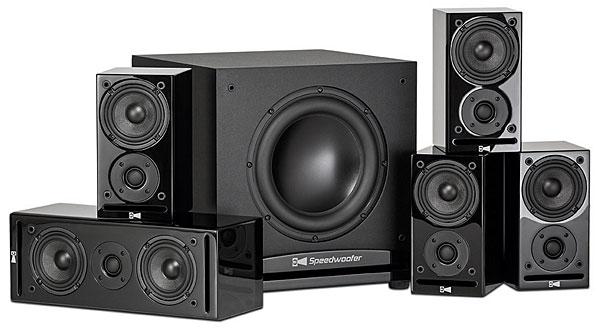
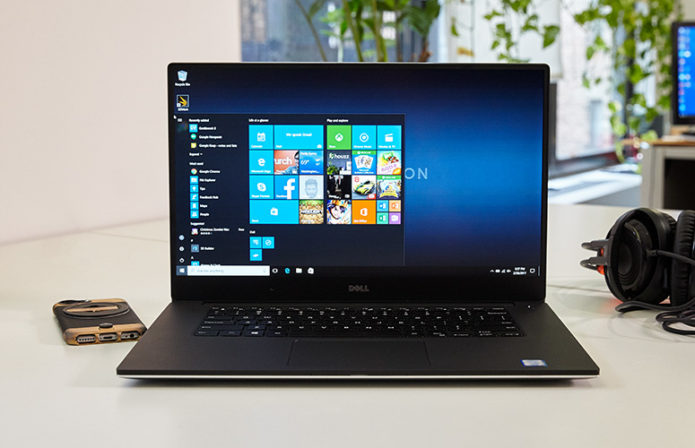

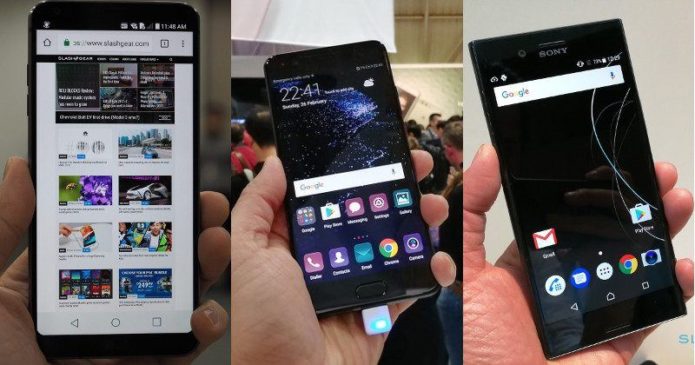
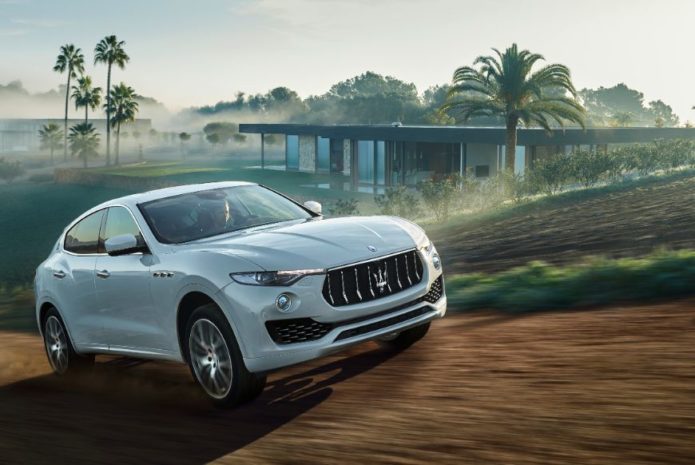












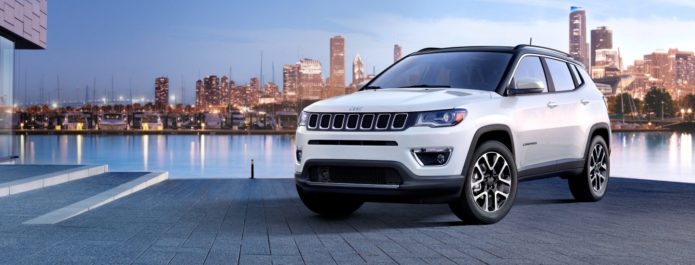






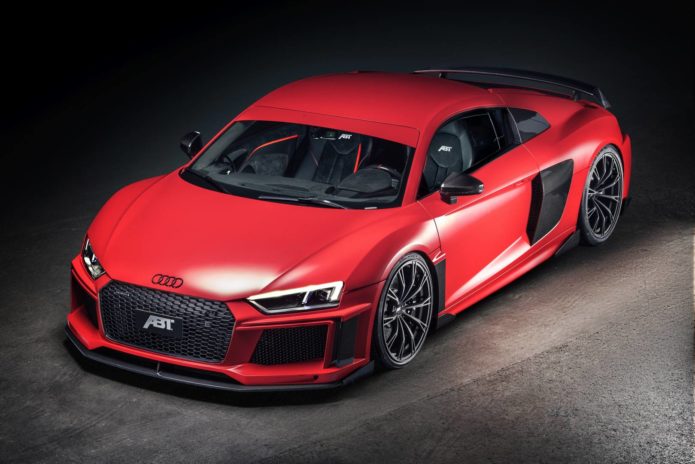


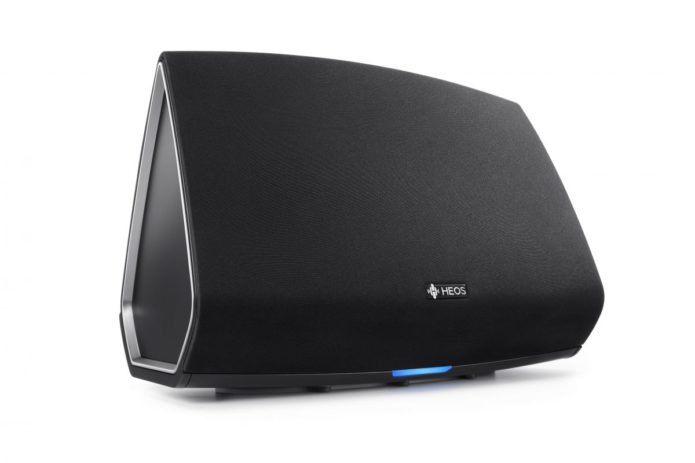
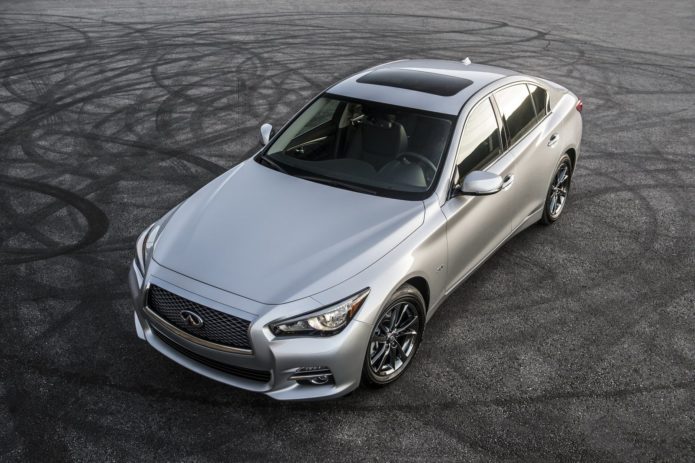
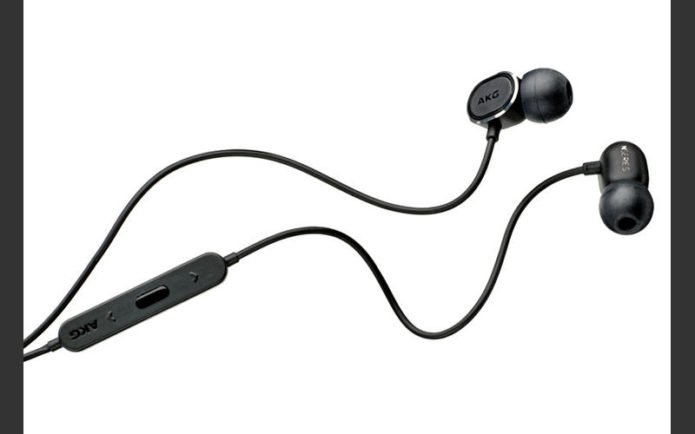
 The AKG N20s are what might be described as ‘normal’ earphones. They don’t have multiple drivers, nor are they noise-cancelling or wireless. At £110, it also makes AKG’s claim of ‘reference-like’ performance less likely to be manufacturers’ hot air.
The AKG N20s are what might be described as ‘normal’ earphones. They don’t have multiple drivers, nor are they noise-cancelling or wireless. At £110, it also makes AKG’s claim of ‘reference-like’ performance less likely to be manufacturers’ hot air.

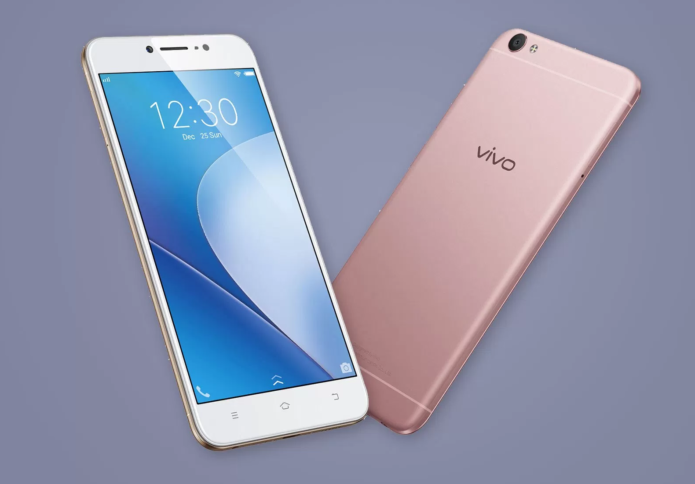

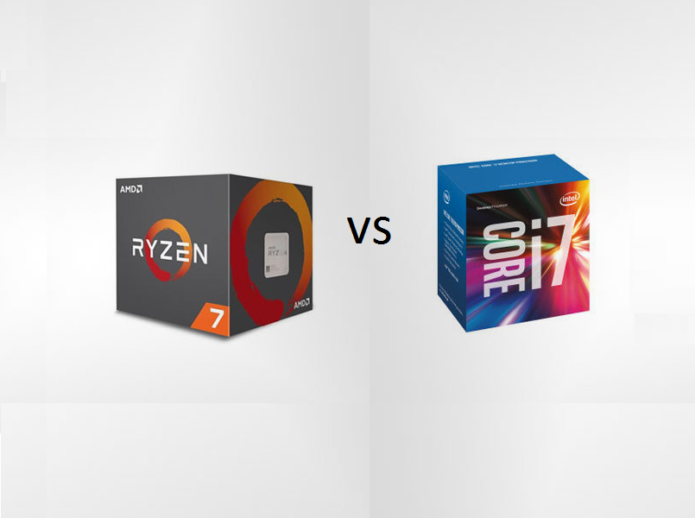

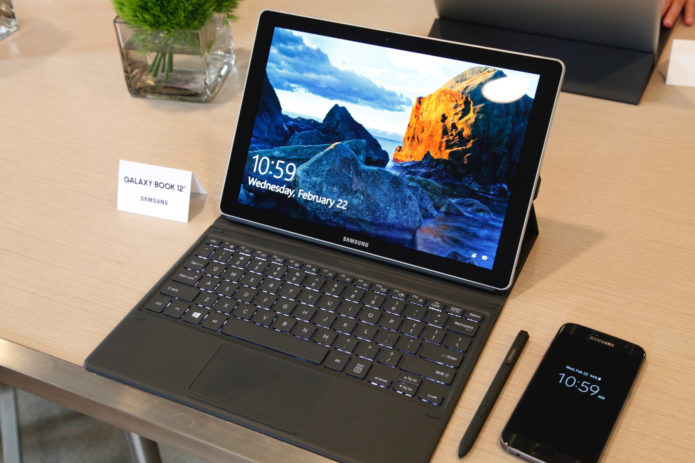
 Design
Design
